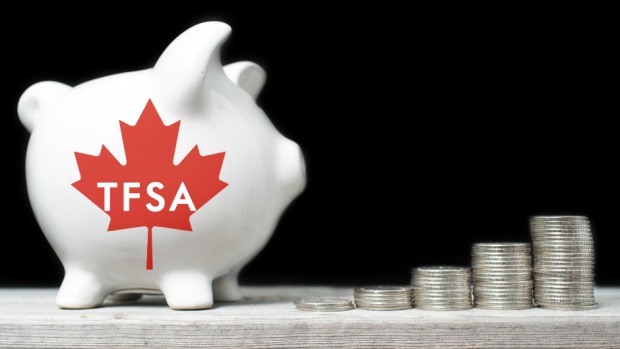Nov 14, 2018
Personal Investor: New TFSA limit to take an inflation leap
By Dale Jackson

You might want to squirrel away an extra $500 for your tax-free savings account contribution next year.
In the next few weeks, the Canada Revenue Agency (CRA) is expected to announce an inflation adjustment to the standard $5,500 contribution limit for 2019.
It’s ultimately up to Ottawa, but the new $6,000 contribution limit brings the all-time contribution limit to $63,500 for those who were 18 years or older when the TFSA was launched in 2009. If you turned 18 after 2009, total limits have been accumulating since that time.
However, with money coming in and going out over the years, it might be difficult to keep track. You can find your personal TFSA limit at the start of 2018 from the CRA but any contribution made during the calendar year needs to be added on.
Don’t count on your financial institution to keep track. You will be the one penalized for making contributions that are over the limit. Excess contributions are subject to a penalty tax of one per cent of the over-contribution amount each month. The tax is calculated based on the highest excess amount for the month.
Only 10 per cent of TFSA holders actually contribute the maximum, but no matter the amount, it has become a great tool for short-term or retirement savings. Contributions can be invested in just about anything and gains on investments in a TFSA are never taxed.








